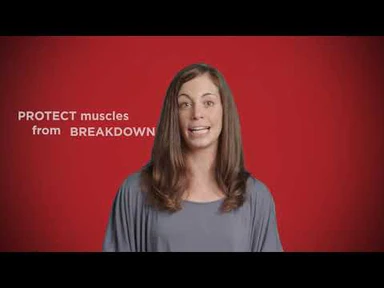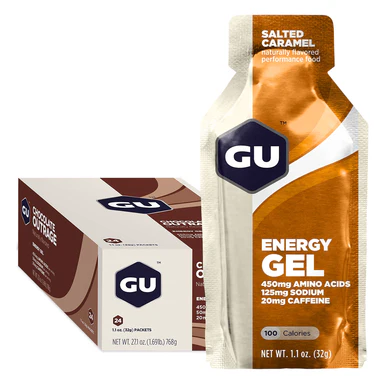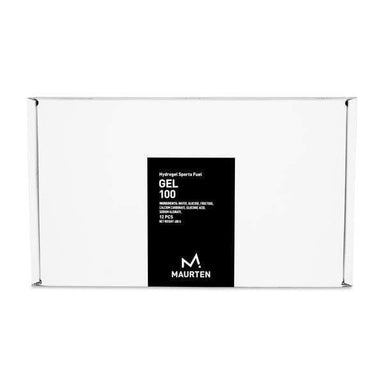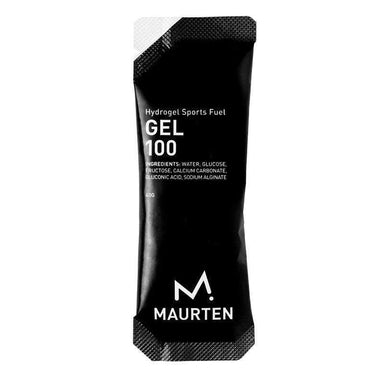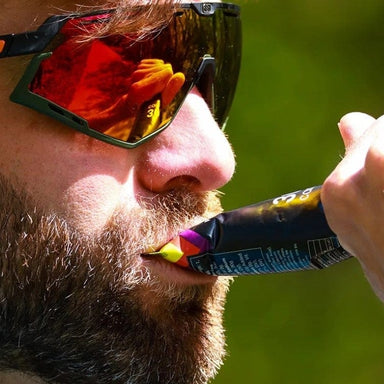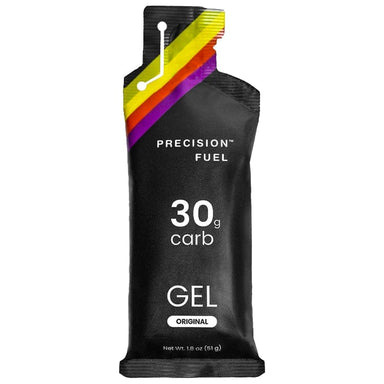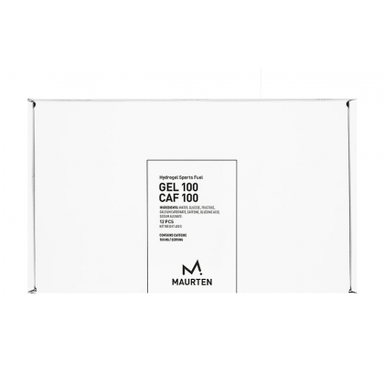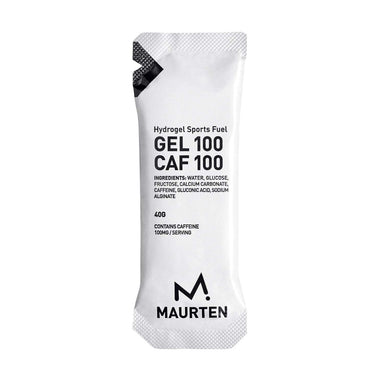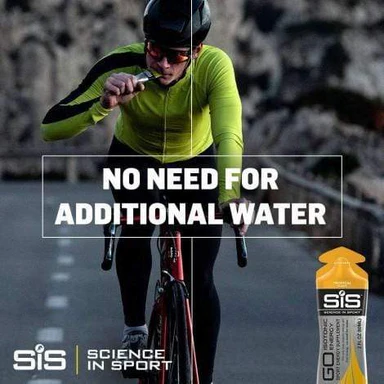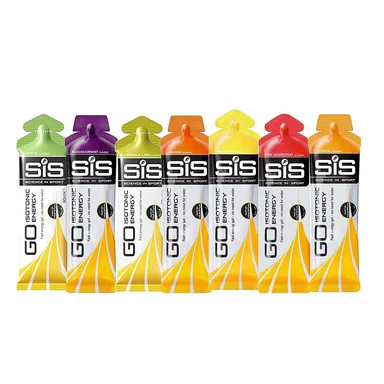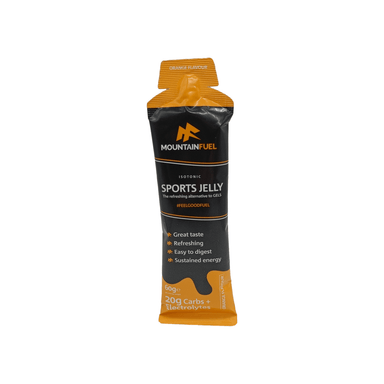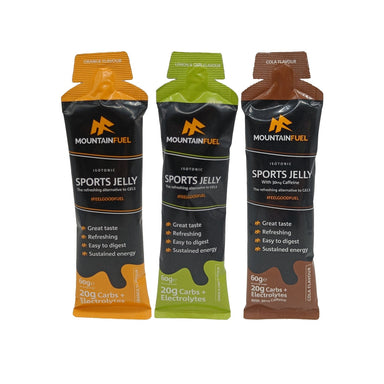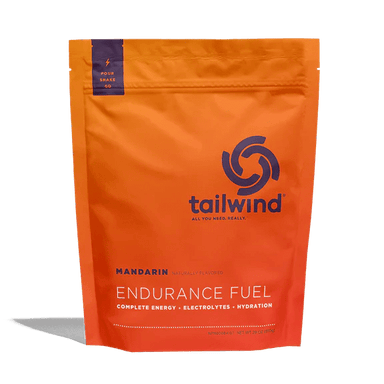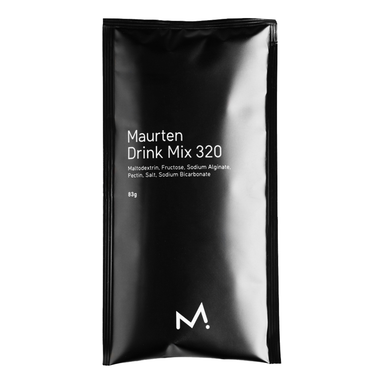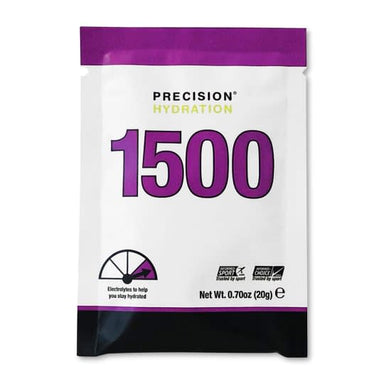Nutrition for Triathlon

Proper nutrition is critical for triathletes to perform at their best and recover optimally between training sessions and races. During the swim, bike, and run portions of a triathlon, having adequate energy intake is key to maintaining pace and power output. Quickly digestible carbohydrates in the form of energy gels, energy chews, energy drinks, and carbohydrate electrolyte drinks are useful during longer triathlons to provide an extra kick when muscle glycogen starts running low.
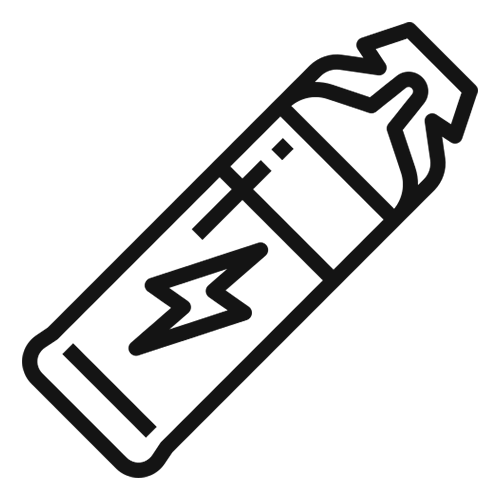
ENERGY GELS FOR TRIATHLON |
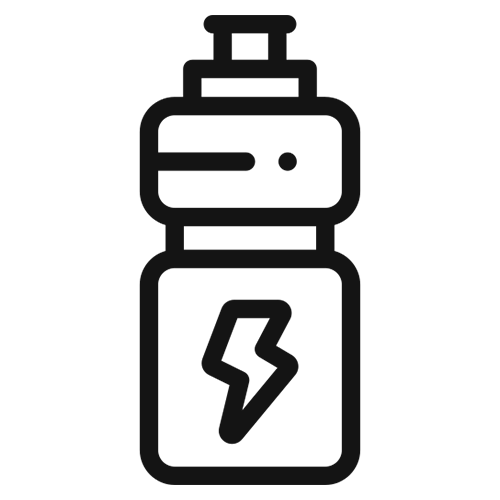
ENERGY DRINKS FOR TRIATHLON |
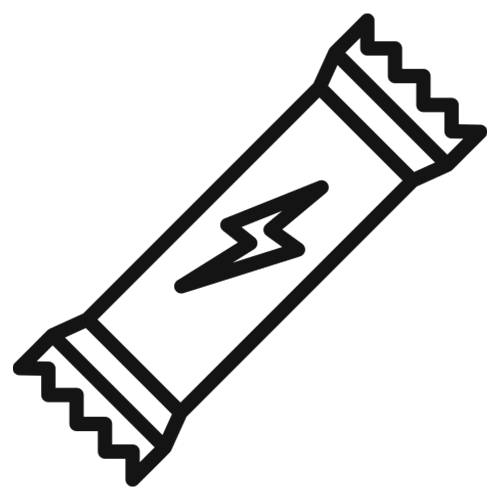
ENERGY BARS FOR TRIATHLON |

RECOVERY DRINKS FOR TRIATHLON |

HYDRATION FOR TRIATHLON |
Popular portable nutrition includes energy gels containing about 25-30 grams of mostly maltodextrin and fructose carbs. These are easy to consume while biking or running and provide a quick spike of calories. Electrolyte tablets or powders can also be added to water to replace sweat-lost sodium, potassium, magnesium, and other minerals. Caffeinated gels or electrolyte formulations may provide an extra boost of stimulation.
Triathlon Nutrition: Insights
Nutrition for Triathlon: FAQs
We would highly suggest having an energy gel on the start line of the swim, and then aiming for 60g to 90g of carbohydrates per hour from there onwards. You must practise your nutrition plan during training.









































































































